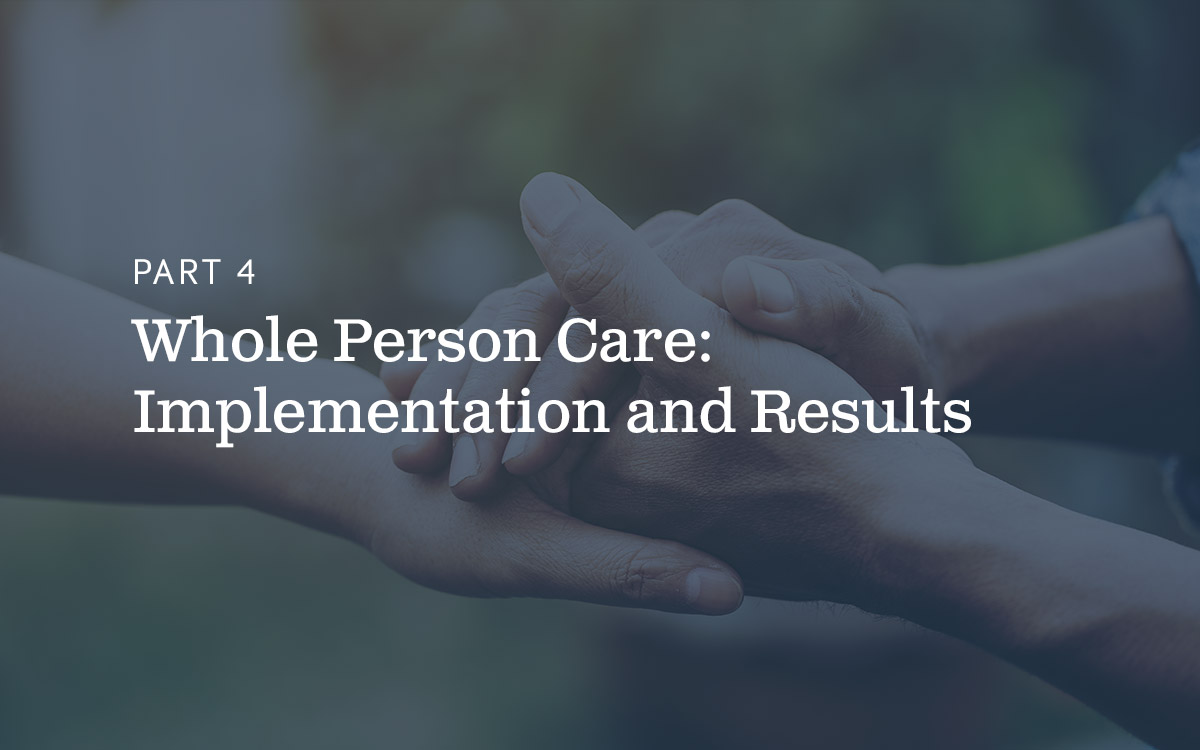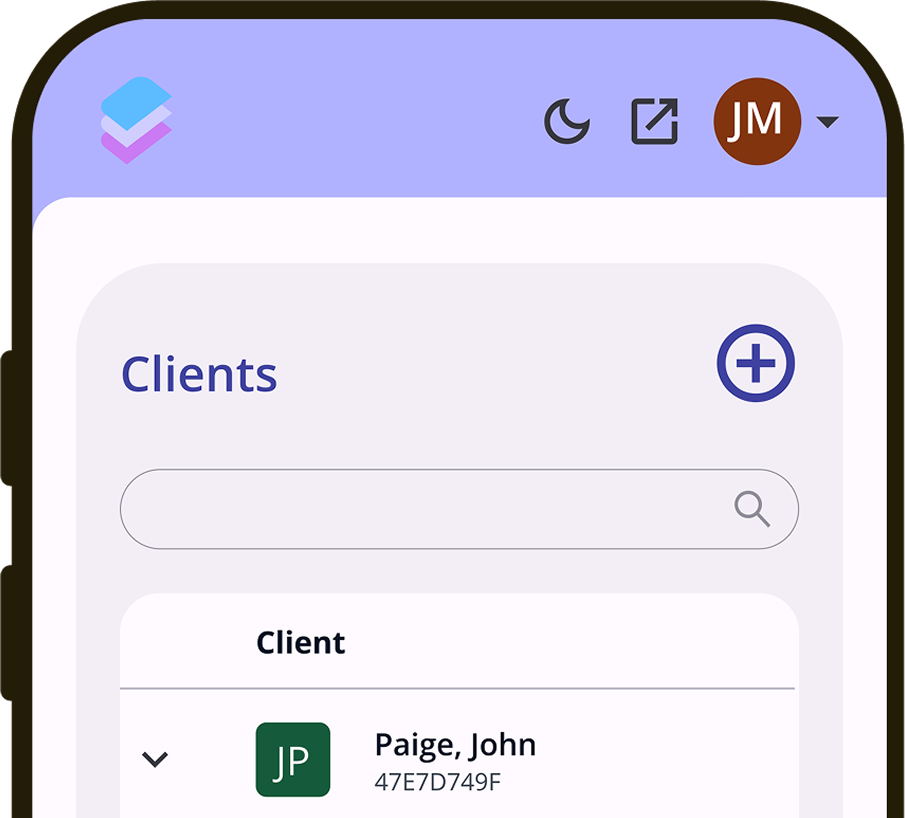
Whole person care addresses the social, emotional, mental, and spiritual needs of an individual, with the view that each of these intersects and contributes to one’s overall well-being. All social determinants of health must be considered. No single treatment happens in isolation.
Given how disparate or disconnected many human services organizations and their databases are within a community, however, realizing the full benefits of whole person care can be a challenge.
To put whole person care into practice effectively, a community or continuum of care (CoC) needs a rigorous Homeless Management Information System (HMIS) capable of facilitating collaboration and data sharing between human service providers, agencies, and their clients.
Here’s what happened when Marin County, California transitioned from an informationally scattered CoC and closed HMIS to a collaborative and open one.
The Challenge: Care Providers & Agencies Are Siloed
When human service agencies and care providers cover an area as large as a county—serving people with needs as diverse as permanent housing and employment to mental health and medical treatment—finding effective ways to communicate is a gargantuan task. It’s difficult to exchange vital information across agencies and ensure it reaches those who need it most.
This was certainly true for Marin County, according to Carrie Sager, Marin's Homelessness Program Coordinator.
“Inconsistent, I think, is really the word for it,” she says. Each agency has its own standard practices for which information they record or exchange, Sager continues, because “there are few legal requirements about what they can share.”
It’s not just a matter of data sharing practices, however. Without a central data hub sophisticated or powerful enough to integrate with every agency and care provider within the CoC, case workers are not as well equipped for helping their clients as they could be.
For instance, the same unhoused community member may visit a shelter, medical clinic, and food bank all during the same week—without other agencies knowing about it. This lack of data sharing prevents case managers and their teams from having a complete picture of their clients' needs, hindering their ability to be more reliable partners to those suffering in the community.
“Things were very siloed,” Sager says. “So it was really tough to share client information.”
The Solution: A Collaborative HMIS With Effective Data Sharing
Marin County had previous experience with other homeless management information systems and switched to Clarity Human Services HMIS in 2016—its second such change in two years, recalls Sager.
Utilizing a whole person care approach, they knew they needed a software system capable of communicating vital data in real time across their CoC, she explains, "Unlike the other two systems [we had used previously], which were like case management software with an HMIS shoehorned in."
Utilizing a more collaborative HMIS built with whole person care in mind, Marin County found the solution to their siloed data problem.
"Clarity gave us a lot more ability to share data," says Sager. "We were able to create this universal release of information and data sharing agreement with all of our partner agencies."
In addition to enabling effective data sharing, Clarity's user experience design has also encouraged wide use among Marin County's human service agencies, she continues.
“Ease of use is really important,” shares Sager. “One of the things we really pride ourselves on and benefit from is how many of our agencies use the HMIS. We have pretty much 100% coverage for all of our different organizations, including all of our emergency shelters. Almost all of our transitional housing and permanent supportive housing, including the stuff that's not been funded, are in our HMIS.”
When most of your CoC is connected to the HMIS and sharing information across agencies, case management becomes more empowered, especially case conferencing.
"Since getting that ability, we've dramatically expanded our case conferencing, which has been so important in making sure that the housing vouchers get utilized," she says. "There have been so many times we've had a case conference and somebody has said, 'We've really been having trouble connecting with this person. They used to be in this area, and then they left, and they don't come to meetings anymore.' And somebody else says, 'Oh, they're at that one Taco Bell every day. You can definitely find them there.'"
As the saying goes, "It takes a village"—and an advanced HMIS in the hands of caring individuals—to provide all the services needed to help the most vulnerable members of our communities.
Clarity HMIS Transforms Whole Person Care
Reflecting on what Marin County has accomplished the past few years, Sager can't overstate how much this collaborative HMIS has energerized their work.
“We transformed our system to be less siloed,” she explains. “We went from a closed HMIS to an open HMIS. So that was huge.”
When taking a whole person care approach, there are abundant ways to make a positive impact on the lives of the most vulnerable and marginalized within any community—however, it all starts with a housing-first mentality. It's no surprise, then, that it's one of the fundamental ways Marin County evaluates its own success.
“We're in the top 9% nationwide of having leased up housing units of emergency housing vouchers,” says Sager. “We're at about 60%. And I think that really reflects this collaborative system that we've created.”
Clarity Human Services is an HMIS created by Bitfocus. Designed to optimize community integration and collaboration, this sophisticated software revitalizes systems of care. Contact us today to learn more about how it can help members of your community.
